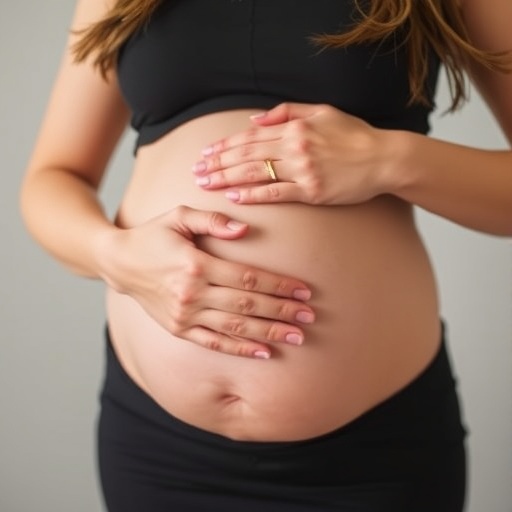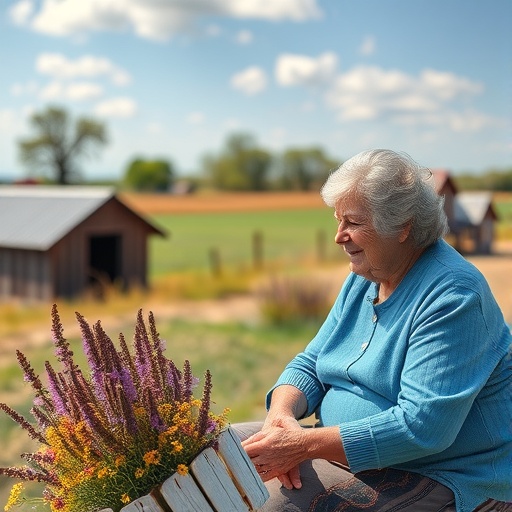An international study led by Eurac Research draws up the criteria for correctly assessing the chances of survival

Credit: Eurac Research
For this reason, experts in Emergency Medicine from Eurac Research, along with colleagues from Europe and the USA, have now established new benchmarks for core temperature and serum potassium levels, to provide doctors with reliable indicators when assessing the appropriate treatment for patients. This study analysed the data relating to 103 avalanche victims admitted with cardiac arrest to seven major hospitals in Europe, between 1995 and 2016.
The hospitals included in the study were Bern, Grenoble, Innsbruck, Krakow, Tromsø, Lausanne and Sion. Of the 103 victims, 61 were rewarmed, but only 10 per cent survived; in the other cases it was not the hypothermia that caused the cardiac arrest, but suffocation during the avalanche or trauma. Rewarming only results in survival in a small proportion of cases, however, in terms of personnel and technology this process is complex and very costly. For this reason, the principal author of the study, Hermann Brugger, notes, “We need to have strong and clear selection criteria, which can guarantee that only those avalanche victims which will benefit from the process will be rewarmed upon admission to hospital.”
While doctors had guidelines for the initial triage of avalanche victims at the scene of the accident – the assessment upon which further treatment hinges – these guidelines were based on limited scientific evidence and intended for use at the site of the emergency.
However, hospitals require accurate guidelines based on significant evidence to justify extracorporeal rewarming using the heart-lung machine. This is exactly the important issue addressed in the study published in Resuscitation, the official journal of the European Resuscitation Council. The factors that have emerged as decisive in this study are the core temperature and the concentration of serum potassium, the latter is related to cell degeneration. Using both these parameters, doctors can assess which patients have the potential to survive and which do not.
In relation to body temperature, the limit is 30 degrees: no avalanche victim suffering from cardiac arrest with a core temperature higher than 30 degrees can survive rewarming. The potassium concentration in the blood should not exceed 7mmol/litres.
Thanks to a new statistical model, designed by Eurac Research and used for the first time during this study, researchers were able to derive reliable estimates despite the small sample size. This new statistical model opens up new possibilities for research carried out with small sample sizes in the future.
###
The entire study is available at: https://www.resuscitationjournal.com/article/S0300-9572(18)30967-5/fulltext
Media Contact
Barbara Baumgartner
[email protected]
Related Journal Article
http://dx.




